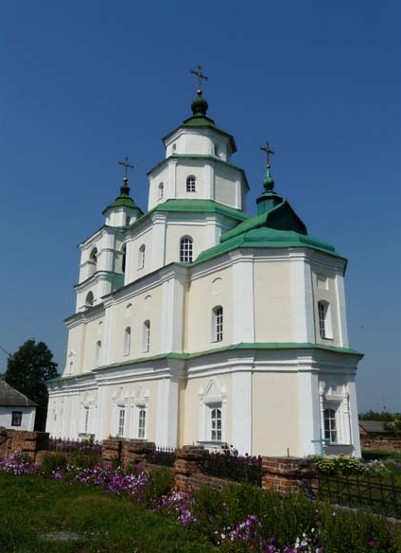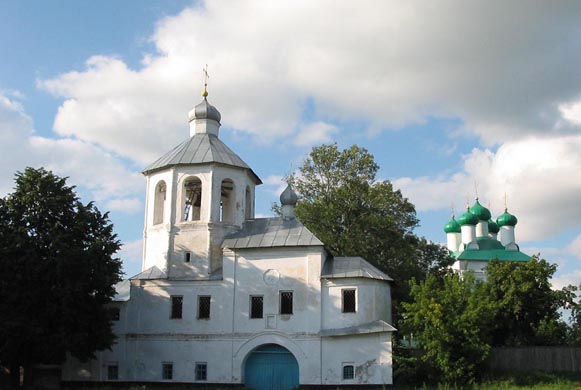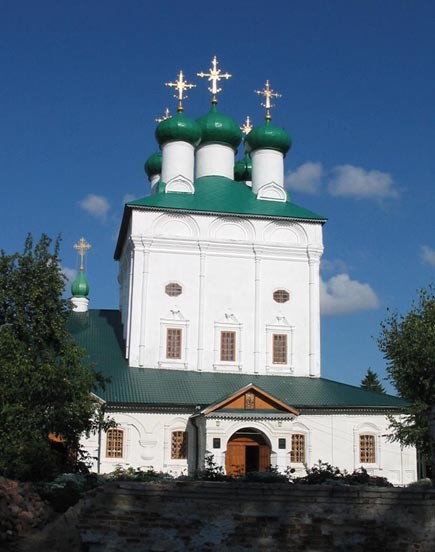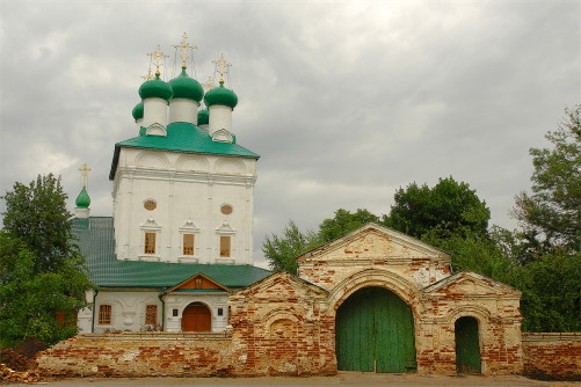Putyvl
Putyvl or Putyvel [Путивль or Путивель; Putyvl’ or Putyvel’]. Map: II-14. A town (2011 pop 16,329) on the Seim River and a raion center in Sumy oblast. It was first mentioned, as a fortress, in the Hypatian Chronicle under the year 1146. Putyvl was established in 988 at the crossroads of several trade routes. From the 12th century until 1523 Putyvl was the center of an appanage principality, which was part of Kyivan Rus’, the Grand Duchy of Lithuania (1356–1503), and Muscovy. The town, which is described in Slovo o polku Ihorevi, withstood a Cuman siege in 1186. In 1239 it was destroyed by Batu Khan's horde. In 1618 it was captured by Hetman Petro Konashevych-Sahaidachny. As Slobidska Ukraine became colonized in the 17th century, Putyvl lost its strategic importance. In the 19th century it was a county center of Kursk gubernia. In 1926 it became part of the Ukrainian Soviet Socialist Republic.
Today Putyvl’s main industries are food processing and tourism. It produces canned fruits, butter, powdered milk, and mixed feed. In 1988 Putyvl was declared a historical and cultural reserve. Its architectural monuments include the fortified complex of Movchanskyi (Molchany) Monastery, built in the 1570s, with its Cathedral of the Nativity of the Theotokos (1630–6) and Transfiguration Church (1666–7), the building complex of the Transfiguration Monastery (1617–1707) with its Transfiguration Cathedral, the main gate surmounted by the Annunciation Church (1693–7), Saint Nicholas's Church (1735–7), and the Church of the Resurrection (1758; not preserved). Only the last two were designed in the Ukrainian baroque style. Artistic monuments of the 17th and 18th centuries include the sculpture of Jesus in a dungeon, some icons by local masters, an image of the Madonna in gold and silver on white satin, a shroud with an image of Christ (1666), the bookbindings of the gospel, and a church bell.
[This article originally appeared in the Encyclopedia of Ukraine, vol. 4 (1993).]

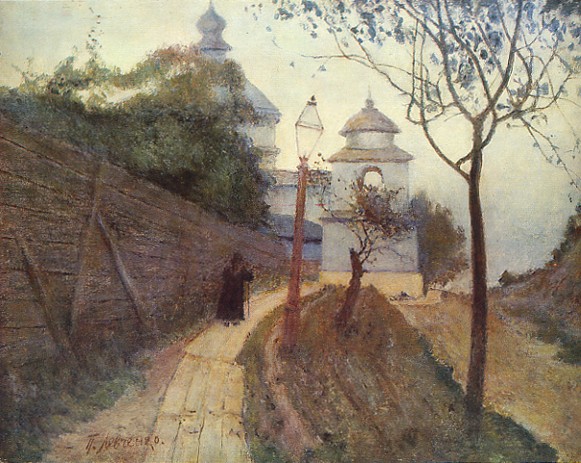
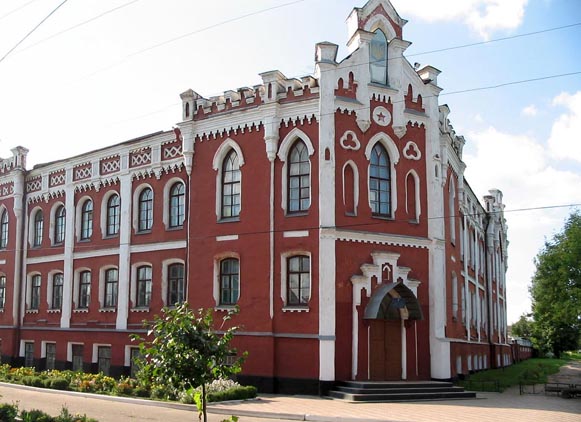
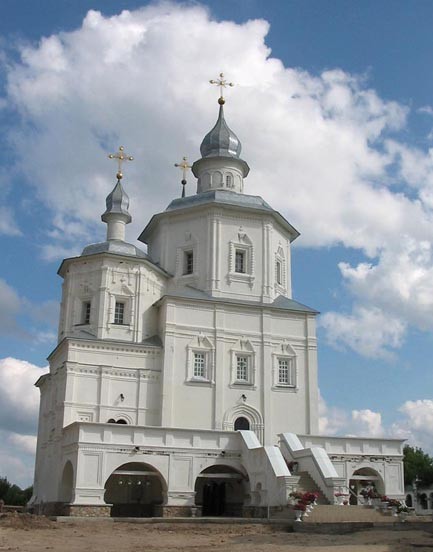
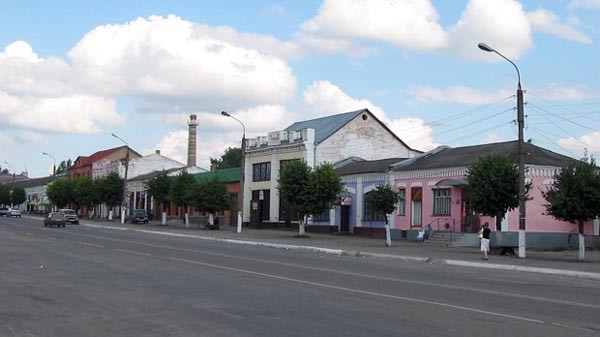
_Monastery.jpg)
.jpg)
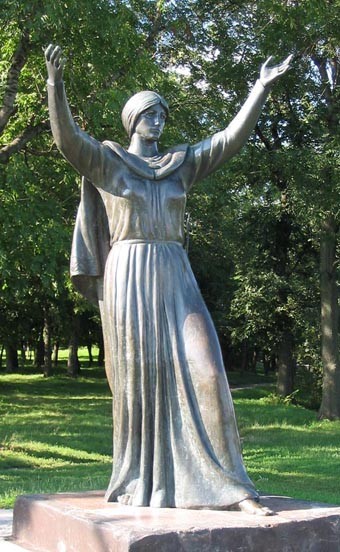
 Monastery view.jpg)
.jpg)
